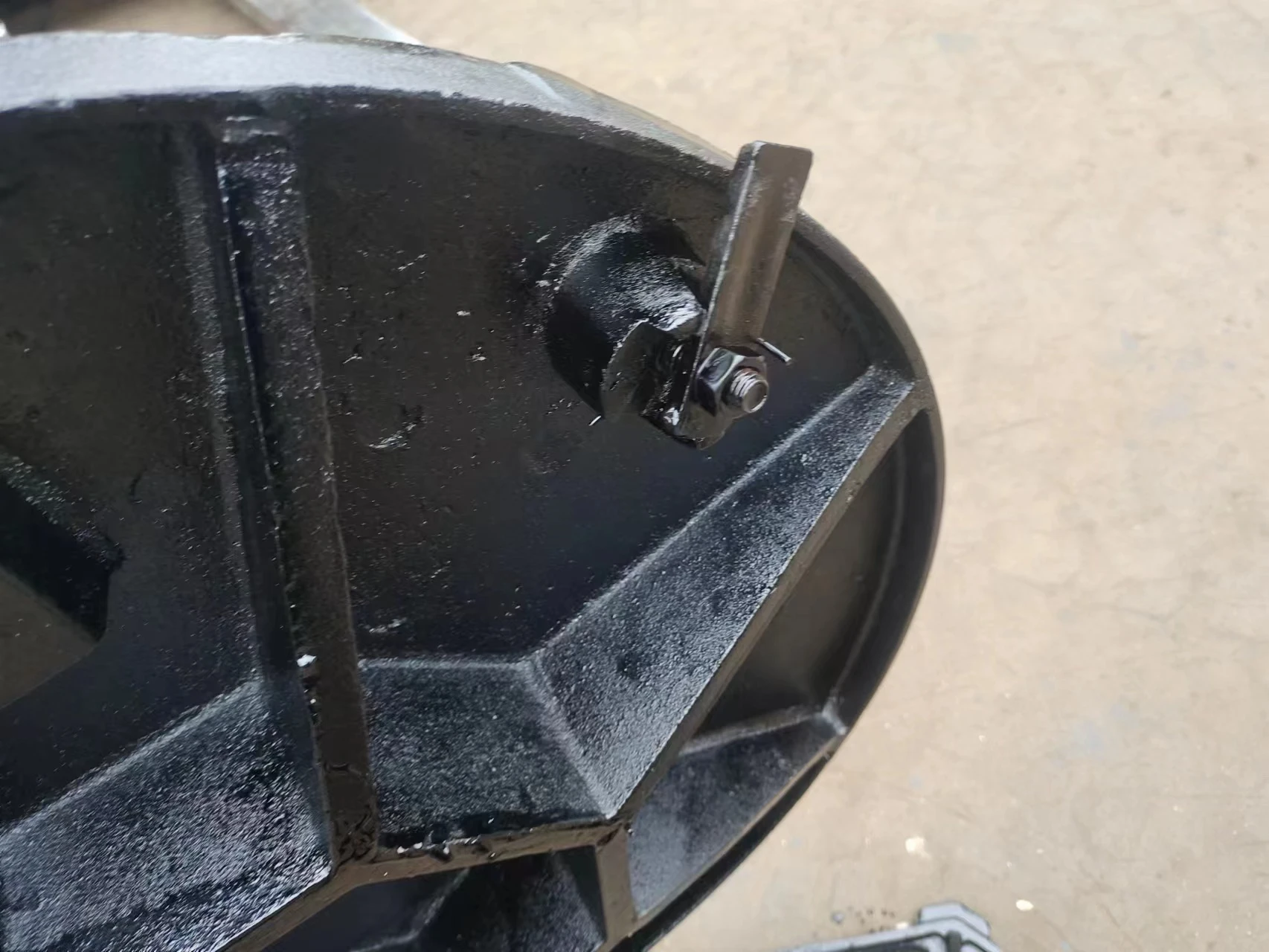cast iron drain gully
Understanding Cast Iron Drain Gullies A Vital Component in Urban Infrastructure
Cast iron drain gullies play a critical role in the urban drainage system. Often overlooked, these seemingly simple structures are essential for managing surface water and ensuring the effective functioning of drainage systems in cities and towns. Understanding their design, functionality, and benefits can shed light on their importance in maintaining urban infrastructure.
What are Cast Iron Drain Gullies?
Cast iron drain gullies are specially designed drainage units installed at various points in urban areas, typically in streets, parking lots, and other paved surfaces. Their primary function is to collect and channel rainwater, preventing flooding and waterlogged surfaces. Constructed from durable cast iron, these gullies are designed to withstand heavy loads and resist corrosion, making them suitable for high-traffic areas.
Design and Functionality
The design of cast iron drain gullies varies depending on their specific application and location. Typically, they consist of a gully pot, a removable grate, and a connecting drain pipe that leads to the main sewer system. The gully pot collects water and debris, while the grate prevents large objects from entering the drainage system, helping to maintain optimal flow.
The installation of these gullies is strategically planned to ensure efficient water collection, particularly in areas prone to heavy rainfall. They are often placed along the edges of roads and in low-lying areas where water tends to accumulate. Molded into various shapes, these gullies feature a sloped design to encourage water flow into the drainage system.
cast iron drain gully

Benefits of Cast Iron Drain Gullies
One of the principal advantages of using cast iron for drain gullies is their strength and durability. Unlike plastic or concrete alternatives, cast iron can endure the rigors of urban environments, including heavy machinery and pedestrian traffic. This durability translates into lower maintenance costs and a longer lifespan, making them a cost-effective solution for municipalities.
Moreover, cast iron is highly resistant to corrosion, especially when coated with protective finishes. This quality is crucial for drain gullies, which are often exposed to harsh weather and environmental conditions. The ability to resist rust and deterioration over time ensures that these structures remain functional and safe for use.
Another significant benefit of cast iron drain gullies is their ability to improve urban aesthetics. Available in various designs and finishes, they can complement the architectural style of streets and public spaces. Their presence can contribute to the overall urban landscape, demonstrating that practical infrastructure can also be visually appealing.
Conclusion
In conclusion, cast iron drain gullies are an integral part of urban infrastructure that often goes unnoticed. Their robust design and ability to manage surface water effectively make them crucial in preventing urban flooding and maintaining safe, accessible environments. As cities continue to grow and face the challenges of climate change, the importance of reliable drainage systems will only increase.
Investing in cast iron drain gullies not only provides a practical solution to water management but also enhances the overall resilience and aesthetic quality of urban areas. By understanding and appreciating the role of these drainage units, communities can ensure better urban planning and infrastructure maintenance for future generations. As we move forward, it's essential to acknowledge the contributions of these often underappreciated components in our daily lives.
-
The Smarter Choice for Pedestrian AreasNewsJun.30,2025
-
The Gold Standard in Round Drain CoversNewsJun.30,2025
-
The Gold Standard in Manhole Cover SystemsNewsJun.30,2025
-
Superior Drainage Solutions with Premium Gully GratesNewsJun.30,2025
-
Superior Drainage Solutions for Global InfrastructureNewsJun.30,2025
-
Square Manhole Solutions for Modern InfrastructureNewsJun.30,2025
-
Premium Manhole Covers for Modern InfrastructureNewsJun.30,2025
